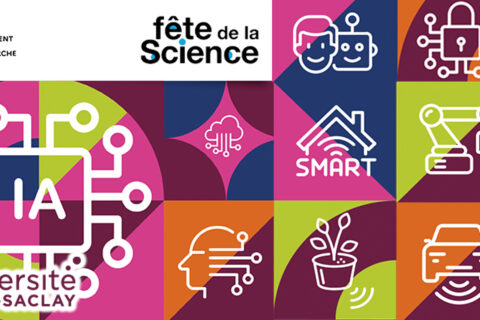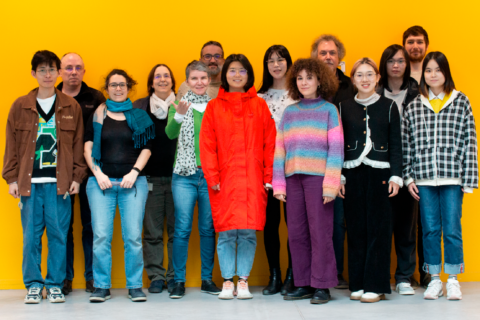
COMET, Interaction with the Human, Mécanique Energétique, Médiation, SEME
AMI
AMIArchitectures et modèles pour l'Interaction is a multidisciplinary team focusing on various non-conventional interaction forms, including movement, vision, space, and touch. The team contributes to designing and evaluating interfaces (both hardware and software) based on these different modalities. The primary objective is to achieve the most natural interaction possible or to design interactions that account for the deficiency of one or more sensory and/or motor channels or cognitive disorders. Organized around three interdisciplinary themes (Movement and Image, Humans and AI, and Disabilities), the team’s scientific topics include collaborative and spatial interactions, human-AI interactions, AI and computer vision, acquisition, modeling, and analysis of movement and images, as well as the design and evaluation of interfaces.
Coordination: Ouriel Grynszpan

COMET, Interaction with the Human, Mécanique Energétique, Médiation, SEME

Interaction with the Human

Highlight, Interaction with the Human